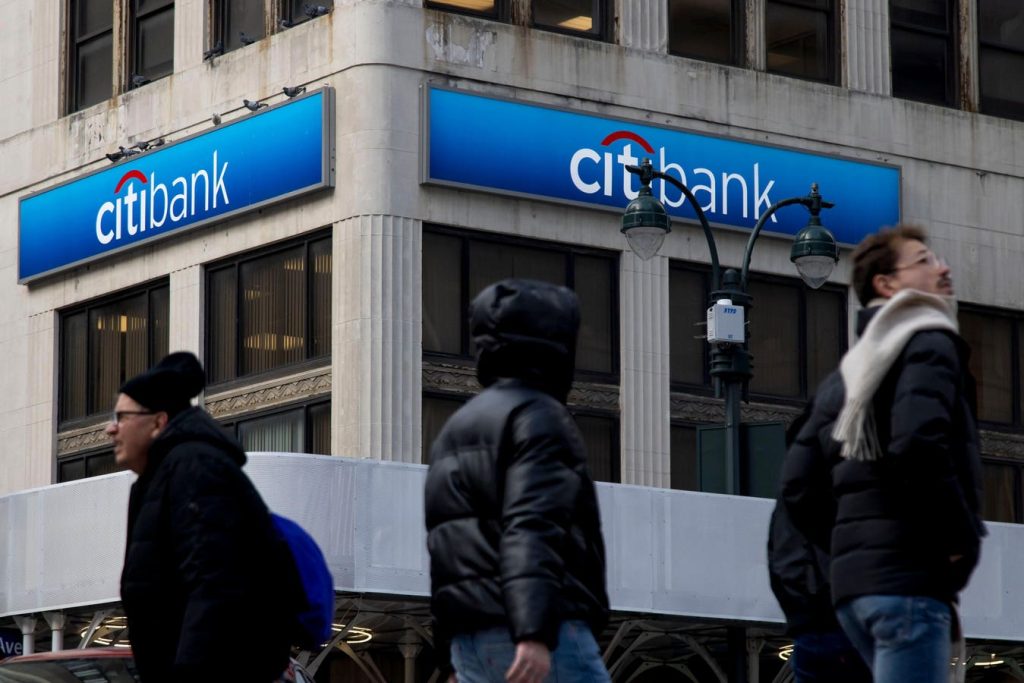The year 2024 began with a significant legal challenge to Citibank’s security practices. New York Attorney General Letitia James filed a lawsuit against the banking giant, alleging a failure to adequately protect customers from phishing and smishing scams. These scams, perpetrated through fraudulent emails and text messages, tricked customers into divulging sensitive account information, enabling scammers to siphon funds. The lawsuit details several instances where Citibank’s security measures allegedly fell short, leading to substantial financial losses for customers. One particularly striking case involved a customer who lost $40,000 from her retirement savings after clicking a link in a deceptive text message purportedly from Citibank. This link directed her to a fake website, where her password was compromised. The scammer subsequently changed her password, locked her out of her account, activated online wire transfer services, and transferred the funds. The lawsuit emphasizes that the victim’s lack of prior wire transfer activity should have triggered a red flag for Citibank, prompting further investigation.
The lawsuit paints a picture of systemic negligence on Citibank’s part, highlighting the bank’s alleged failure to implement adequate security measures to prevent such fraudulent activities. The Attorney General’s office argues that the bank should have been more proactive in identifying and preventing suspicious activities, particularly in cases where customers exhibited unusual transaction patterns. The case of the retiree who lost her savings underscores this argument, suggesting that the bank’s systems failed to detect and prevent a significant unauthorized transfer. The lawsuit goes further, alleging that Citibank coerced scammed customers into signing affidavits absolving the bank of responsibility and denying them compensation. This alleged practice adds another layer to the accusations against Citibank, suggesting a deliberate attempt to evade accountability for security failures. The Attorney General contends that Citibank is legally obligated to reimburse its defrauded customers under the Electronic Fund Transfer Act (EFTA).
Citibank’s response to the lawsuit was a motion to dismiss, arguing that the EFTA specifically excludes wire transfers from its purview. However, U.S. District Court Judge Paul Oetken rejected this argument in a detailed 62-page decision. Judge Oetken’s ruling emphasized the Congressional intent behind the EFTA, which was to protect consumers from sophisticated fraud schemes exploiting evolving technologies. He asserted that banks are better positioned than consumers to bear the risks associated with such fraud. While the judge dismissed certain specific counts within the lawsuit, the core allegations regarding Citibank’s security practices and its responsibility to reimburse victims remain intact, paving the way for further legal proceedings. This ruling signifies a potential shift in the legal landscape regarding consumer protection in the digital age, with implications for other financial institutions as well.
The Citibank case underscores the critical importance of consumer vigilance in the face of increasingly sophisticated online scams. Protecting oneself requires a proactive approach and a healthy dose of skepticism. Phishing and smishing attacks often exploit the trust individuals place in seemingly legitimate communications, making it crucial to verify the authenticity of any request for personal information. Text messages, in particular, present a heightened risk due to the difficulty in verifying the sender’s identity. It’s essential to remember that banks never solicit sensitive information via text, email, or phone calls. Any such request should be treated with extreme suspicion.
A key strategy for protecting oneself is to avoid interacting with unsolicited communications. Never click on links embedded in text messages or emails, even if they appear to originate from a trusted source. These links can lead to malicious websites designed to steal credentials or install malware. Similarly, avoid calling phone numbers provided in unsolicited messages, as these can be spoofed by scammers. If there is any doubt about the legitimacy of a communication claiming to be from your bank or another institution, contact the organization directly using a verified phone number or website. This proactive approach ensures you are communicating with the legitimate entity and not a scammer impersonating them.
Furthermore, be wary of messages offering to stop future communications by replying “STOP” or similar keywords. These are often tactics used by scammers to identify active phone numbers. Responding to such messages simply confirms that your number is valid, potentially leading to more targeted scams. Remaining vigilant and skeptical is paramount. If a communication seems too good to be true, it probably is. By adopting these precautionary measures, individuals can significantly reduce their risk of falling victim to phishing and smishing scams. Staying informed about the latest scam tactics and sharing this information with friends and family can also contribute to a safer online environment.

